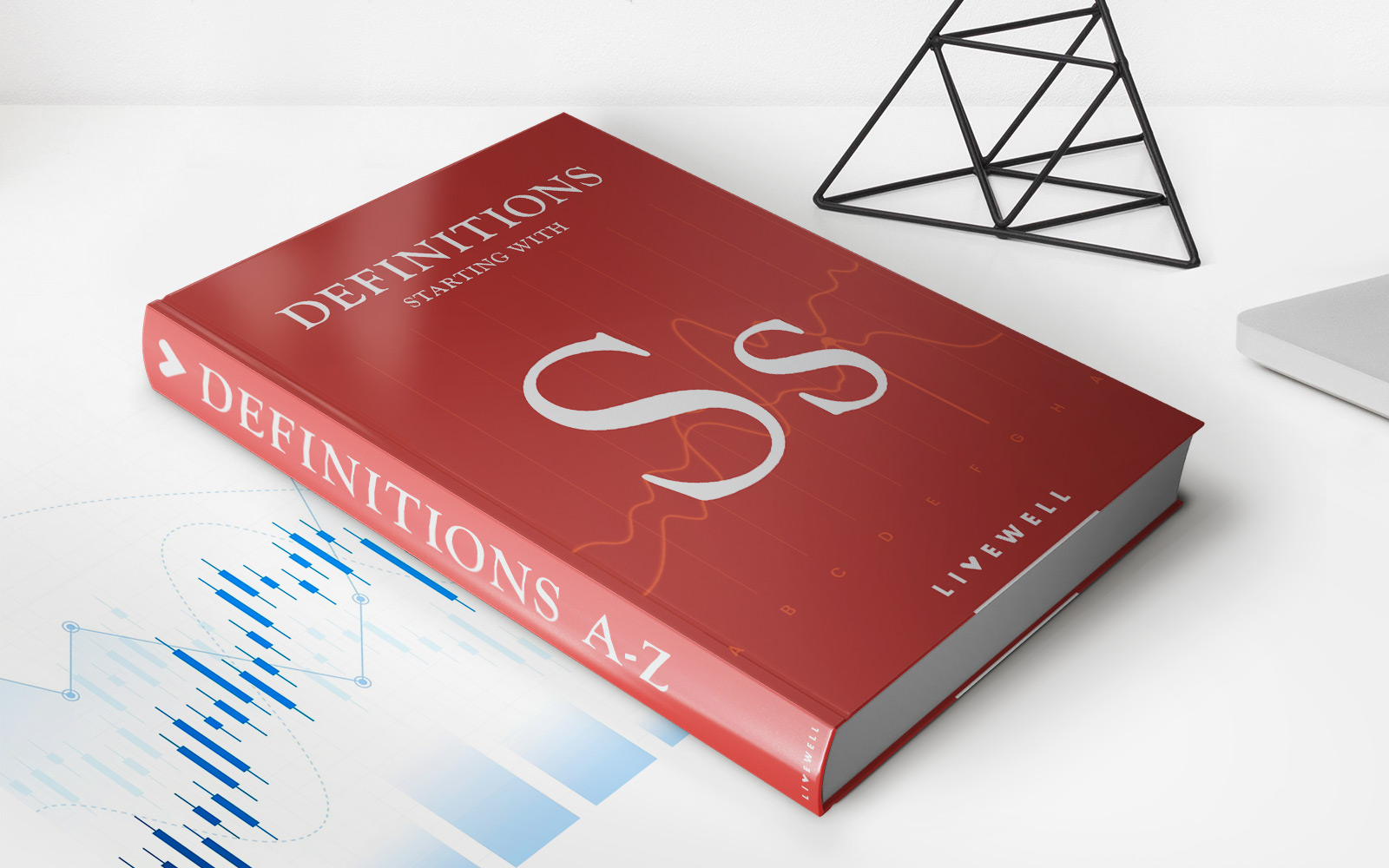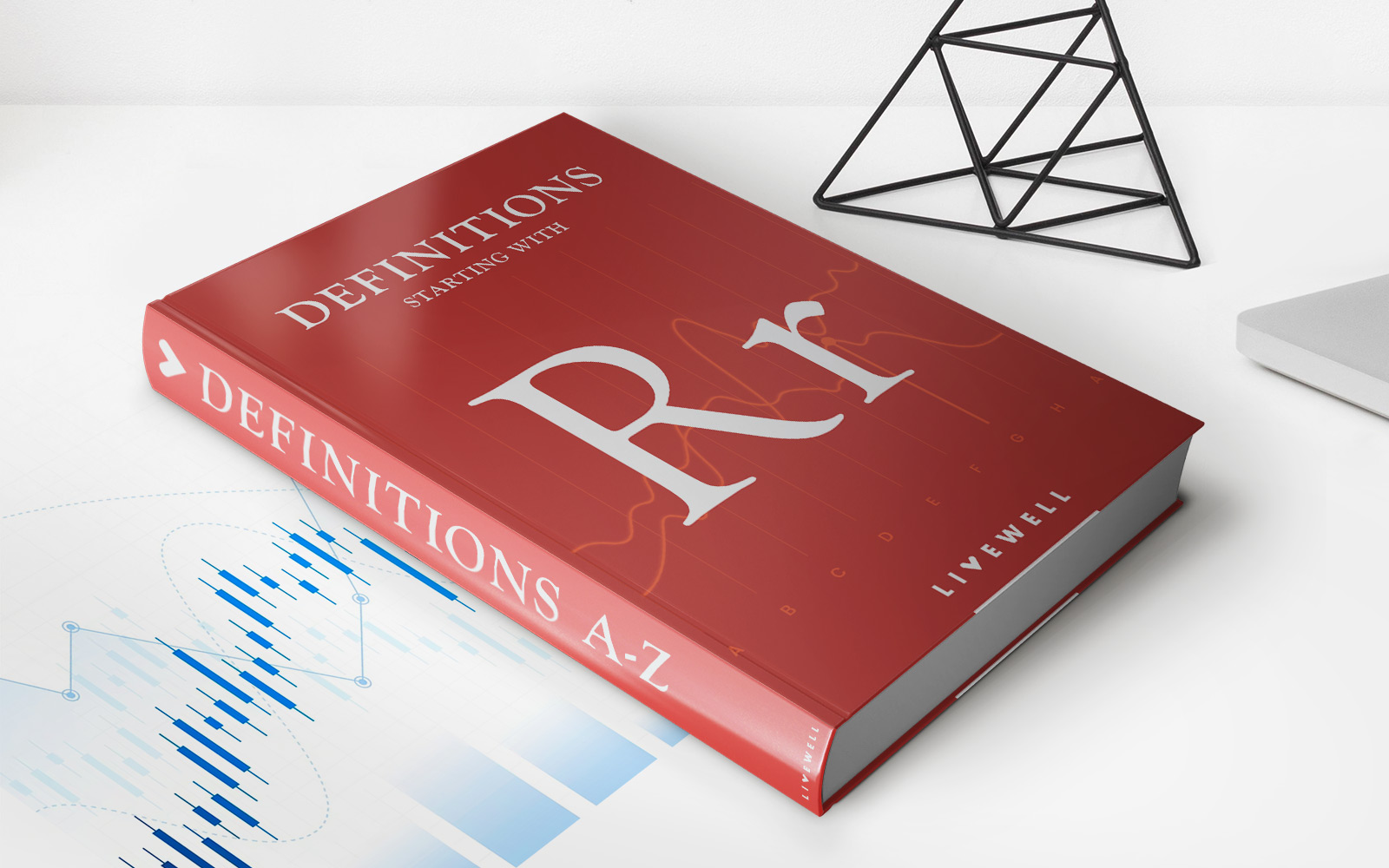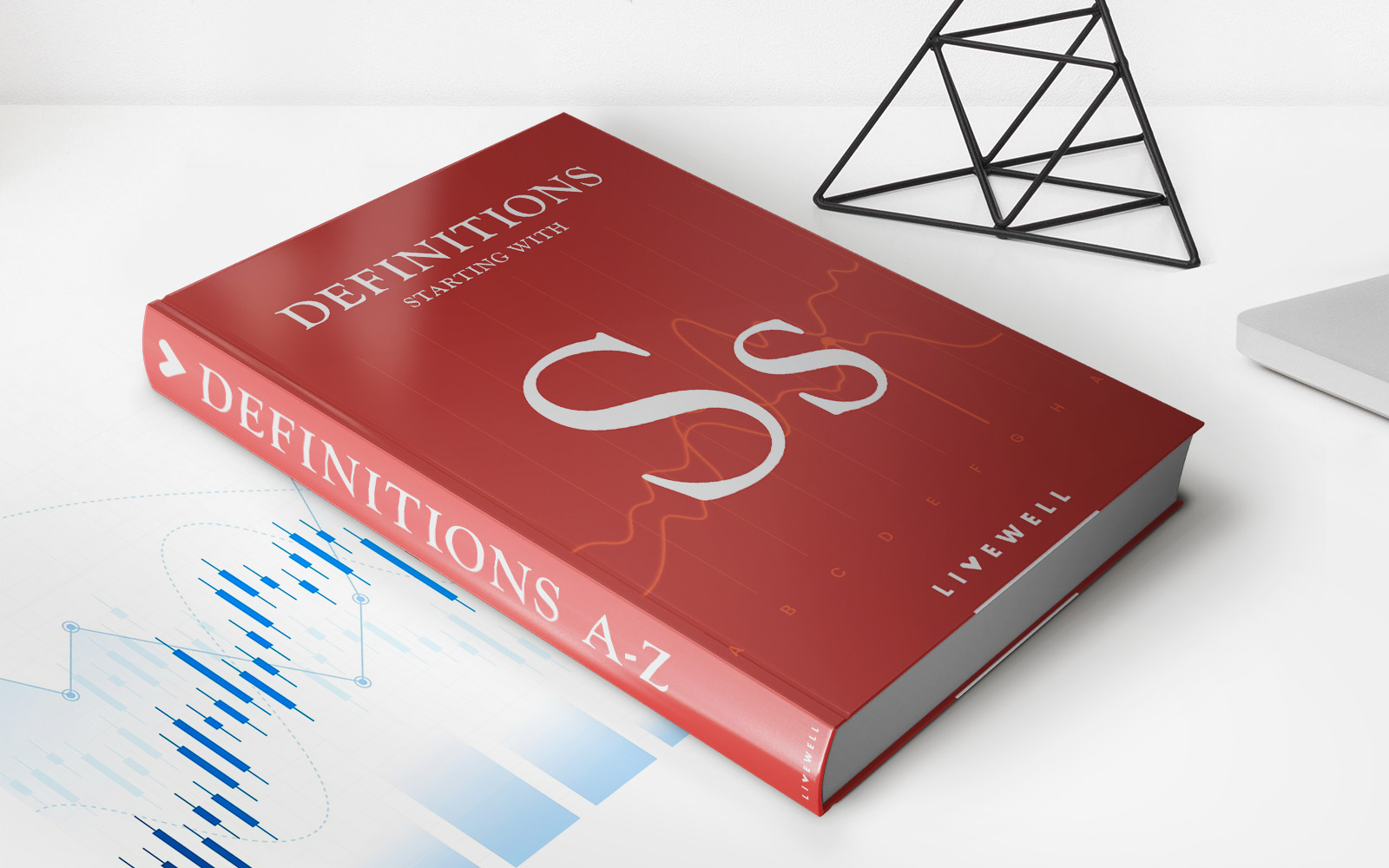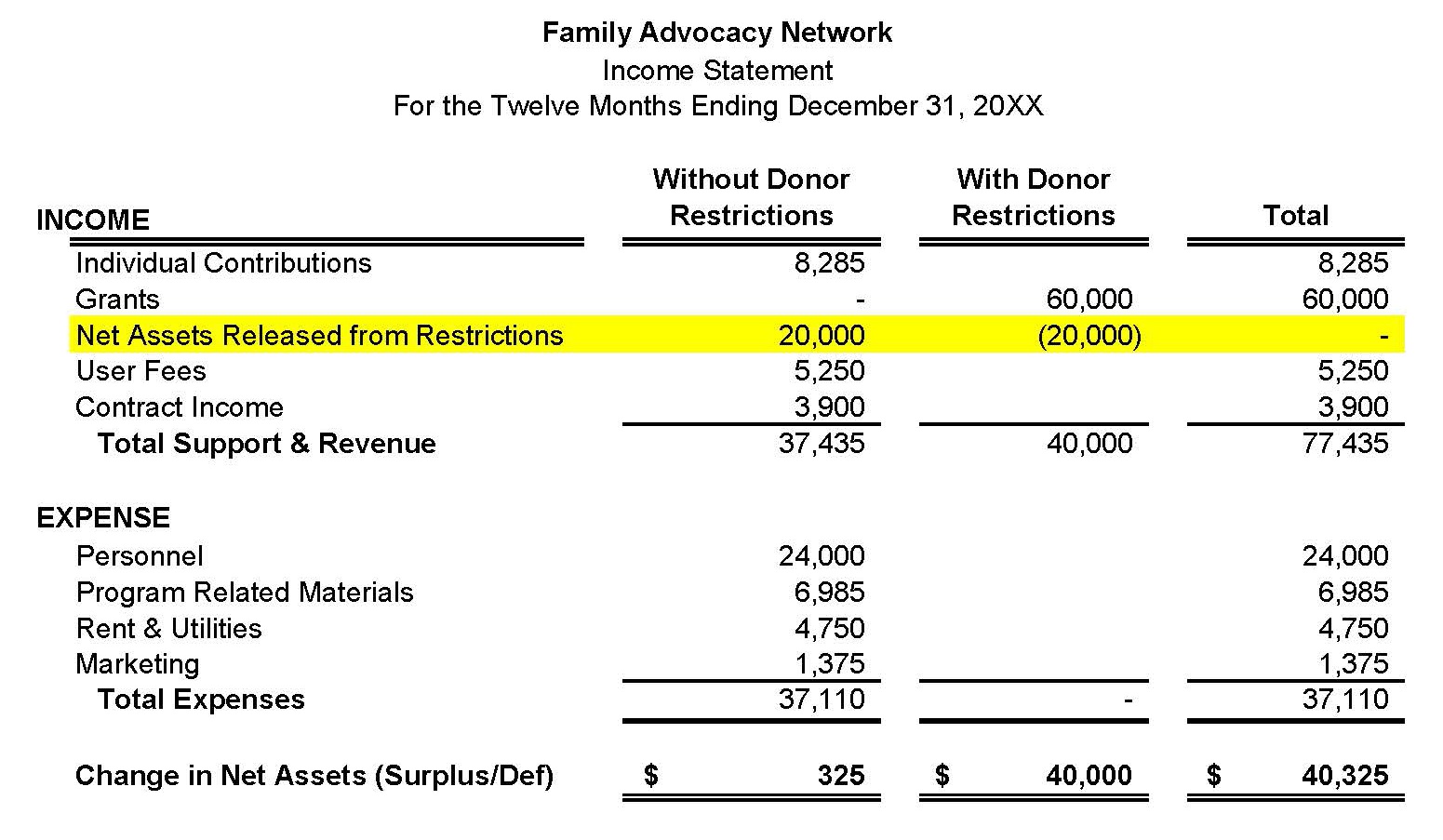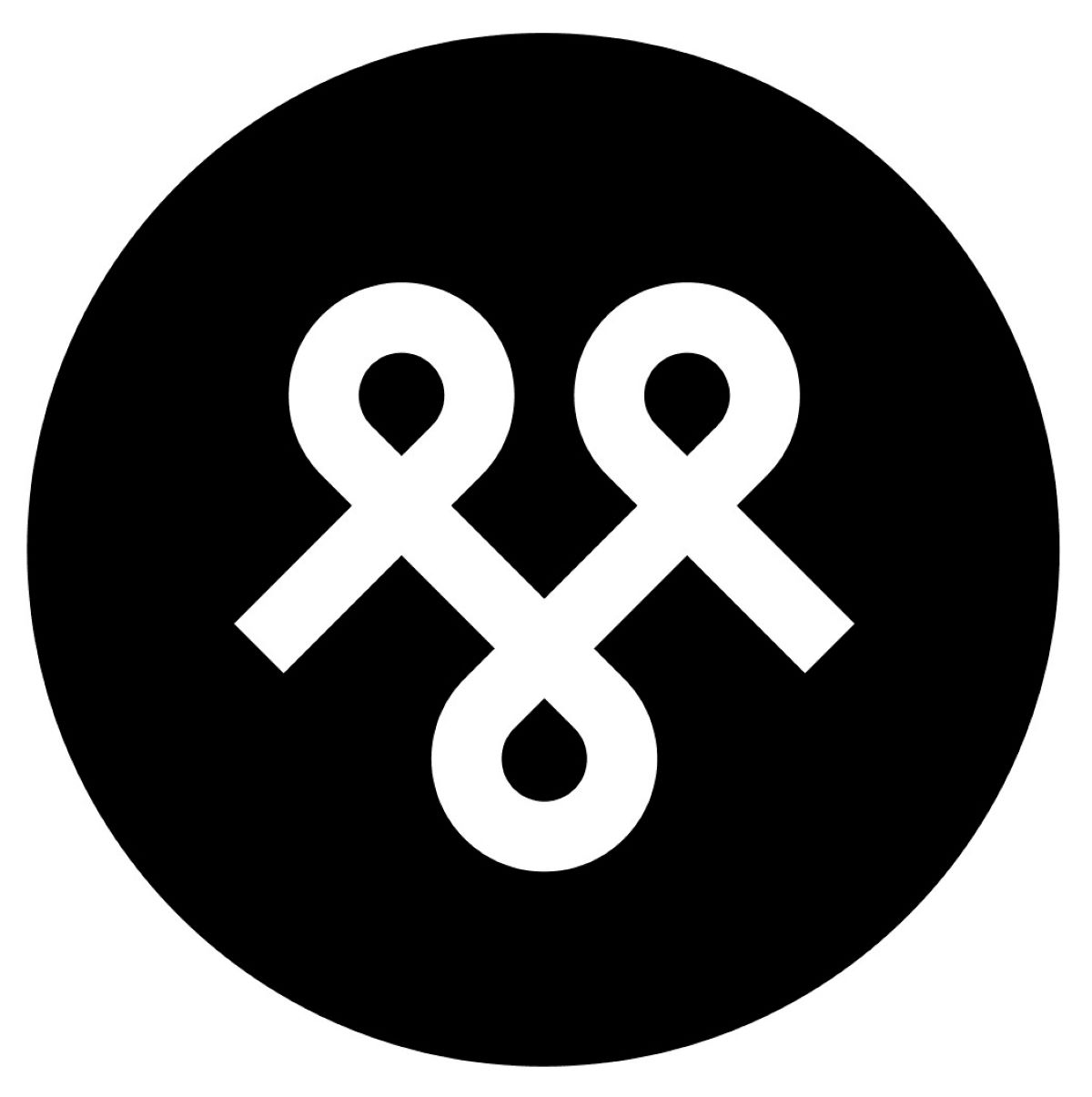Home>Finance>Supply Curve Definition: How It Works With Example
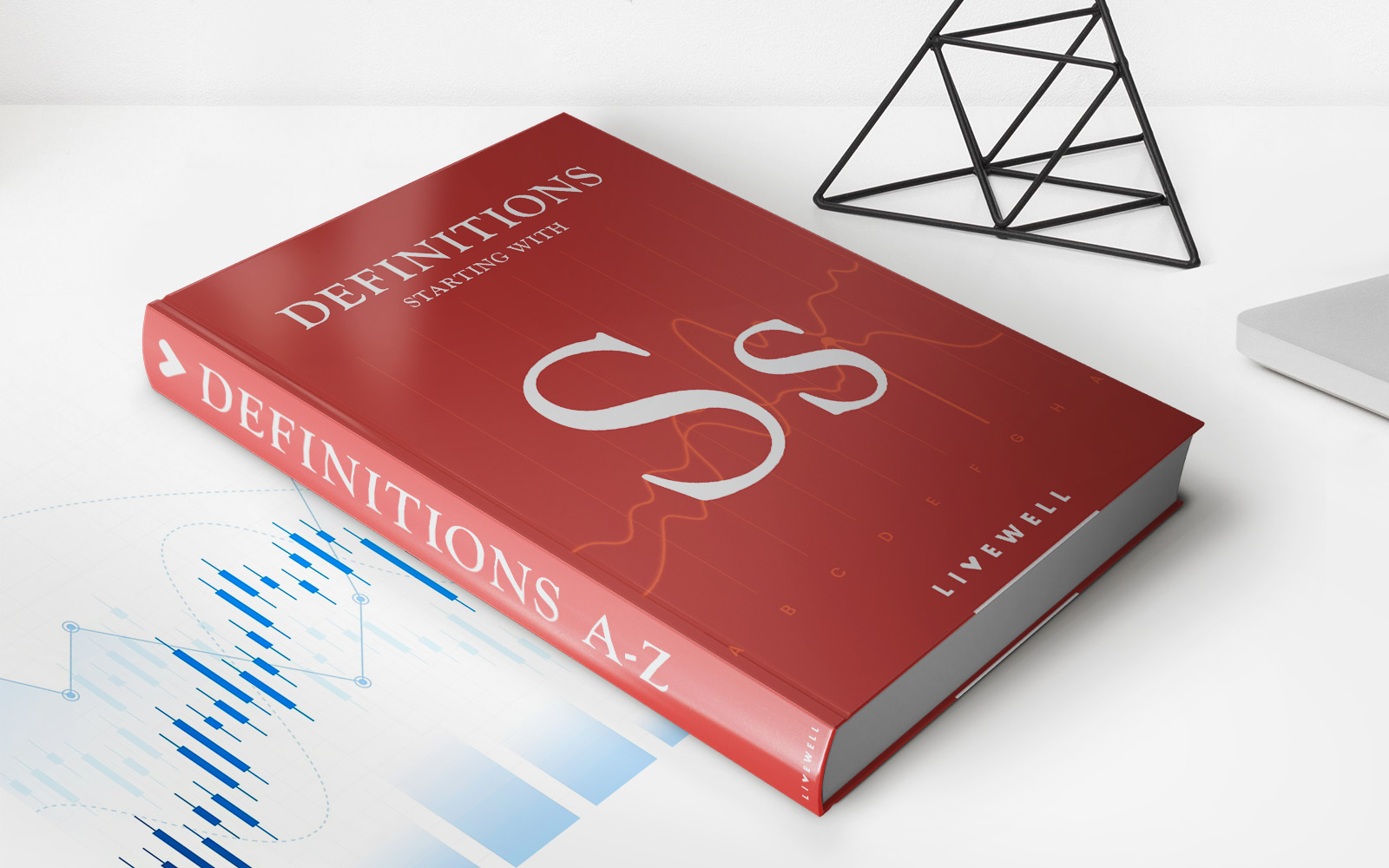

Finance
Supply Curve Definition: How It Works With Example
Published: February 4, 2024
Learn how the supply curve works in finance with a clear definition and practical example. Explore the relationship between supply and demand in this essential financial concept.
(Many of the links in this article redirect to a specific reviewed product. Your purchase of these products through affiliate links helps to generate commission for LiveWell, at no extra cost. Learn more)
Supply Curve Definition: How it Works with Example
Welcome to our “Finance” category, where we explore various concepts and techniques that can help you navigate the complex world of personal finance. In this article, we’ll delve into the supply curve, a fundamental concept in economics, and explore how it affects pricing and market equilibrium. By the end of this post, you’ll have a solid understanding of the supply curve and its significance in determining market prices.
What is a Supply Curve?
A supply curve is a graphical representation of the quantities of a product that producers are willing to supply at various price levels. It illustrates the relationship between the price of a product and the quantity that producers are willing and able to supply, assuming all other factors remain constant.
Supply curves are typically upward sloping, indicating that as the price of a product increases, producers are willing to supply more of it. This relationship is driven by the fact that as prices rise, producers can earn greater profits, thus incentivizing them to increase their output.
How Does the Supply Curve Work?
Understanding how the supply curve works is crucial in comprehending how prices are determined in a market. Here are the key steps:
- Producers’ behavior: When the price of a product increases, producers, motivated by higher profits, are willing to supply more units of the product. Conversely, if the price decreases, producers may reduce their output as the profitability decreases.
- Supply curve shifts: Changes in factors that affect supply, such as technology, input costs, or government regulations, can cause the entire supply curve to shift. For example, advancements in technology may allow producers to become more efficient, leading to an increase in supply at every price level and causing the supply curve to shift to the right.
- Market equilibrium: The point at which the supply curve intersects with the demand curve determines the market equilibrium, where the quantity supplied matches the quantity demanded. At this equilibrium point, the price is set, and the market clears.
An Example:
Let’s consider an example to understand the concept better. Suppose you own a lemonade stand, and you observe that at a price of $2 per cup, you can sell 100 cups of lemonade per day. However, as the price increases to $3 per cup, you notice that you can sell 150 cups. This demonstrates a positive relationship between the price and the quantity supplied.
If we plot these observations on a graph, with price on the vertical axis and quantity supplied on the horizontal axis, we’ll see an upward-sloping supply curve. The curve will showcase the different quantities you are willing to supply at different price points.
Key Takeaways:
- A supply curve represents the quantities of a product that producers are willing to supply at various price levels.
- Supply curves are typically upward sloping, indicating that as prices increase, producers are willing to supply more units of a product.
We hope this article has provided you with a clear understanding of what a supply curve is and how it works. By grasping this concept, you’ll be better equipped to comprehend market dynamics and make informed decisions related to pricing and supply. Stay tuned for more informative posts in our “Finance” category, where we explore various topics to enhance your financial literacy.

